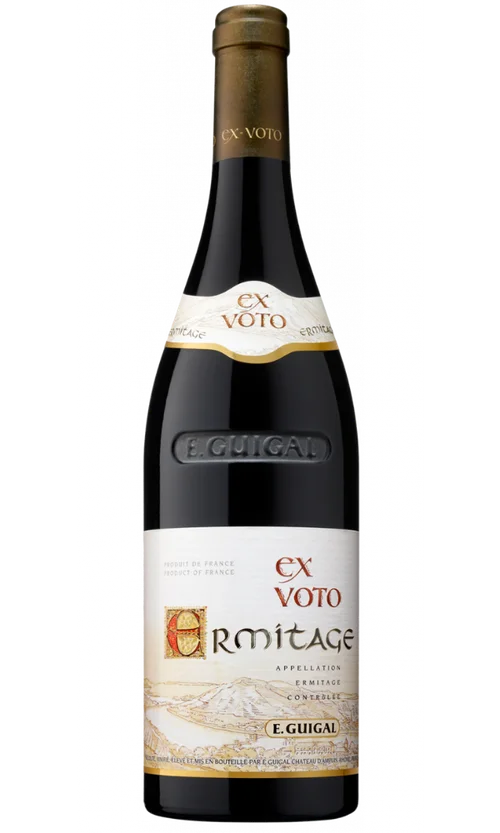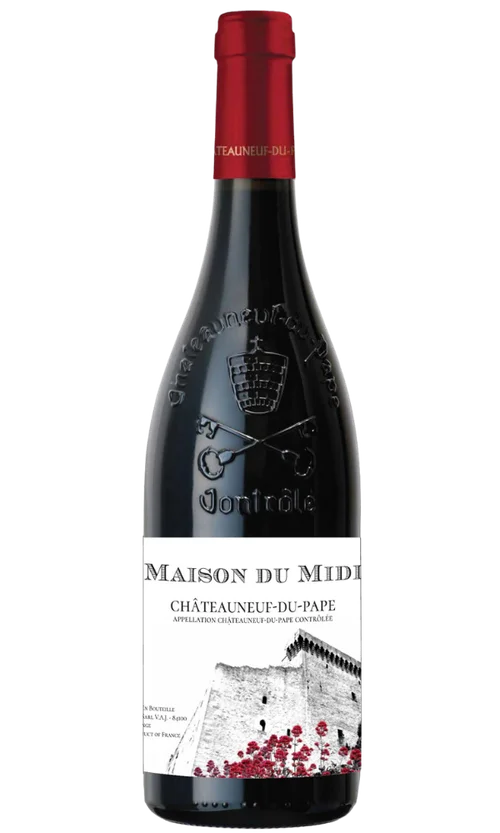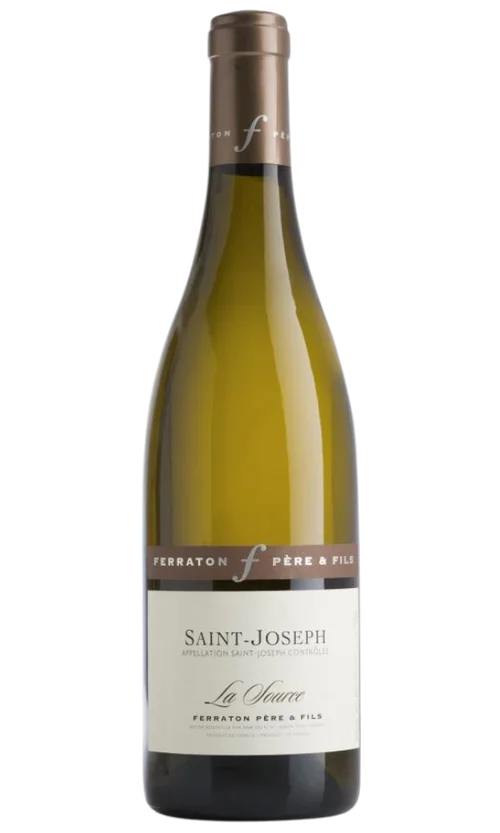About Rhone
Varietals Grown in the Rhone
Along with Bordeaux and Burgundy, Rhone Valley wines are some of the world's greatest red wines. But keep in mind that the Rhone Valley is really two distinct regions. The Northern Rhone produces powerful, aromatically complex and ageworthy red wines, generally in very limited quantities, from the noble Syrah grape. Traditionally, most Northern Rhone red wines have carried alcohol in the moderate 12% to 13% range, but warm growing seasons like 1997, 1999, and especially 2003, have yielded considerably richer, more powerful, and more alcoholic examples.
The Southern Rhone is a nearly bottomless source of somewhat more rustic and often even richer blends based on the high-alcohol Grenache grape, in a style that can only be described as more ""southern"" in flavor--that is, Rhone wines offering a richer mouth feel, a more roasted and sometimes liqueur-like fruit character, and notes of wild herbs and spices. Alcohol levels of 15% or higher are not uncommon in the ripest vintages. More than 90% of the Rhone Valley's total production comes from the South, and this area is one of the world's great sources of red wine value.
Other Varietals Grown in the Rhone
The Northern Rhone Valley also produces the apotheosis of Viognier, an exotically scented white variety that has been widely planted on several continents in recent years by growers hoping to capitalize on strong worldwide demand. Less exciting than Viognier are the other white wines from the Rhone Valley, most of which are blends based on Marsanne and Roussanne in the North, and Grenache Blanc and less distinguished indigenous varieties in the South. Most of these Rhone wines are characterized by notes of honey, earth, and minerals more than by real freshness of fruit; too often they show more texture and alcoholic warmth than flavor.













